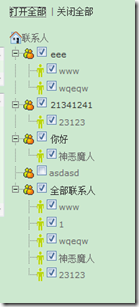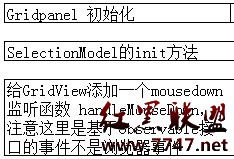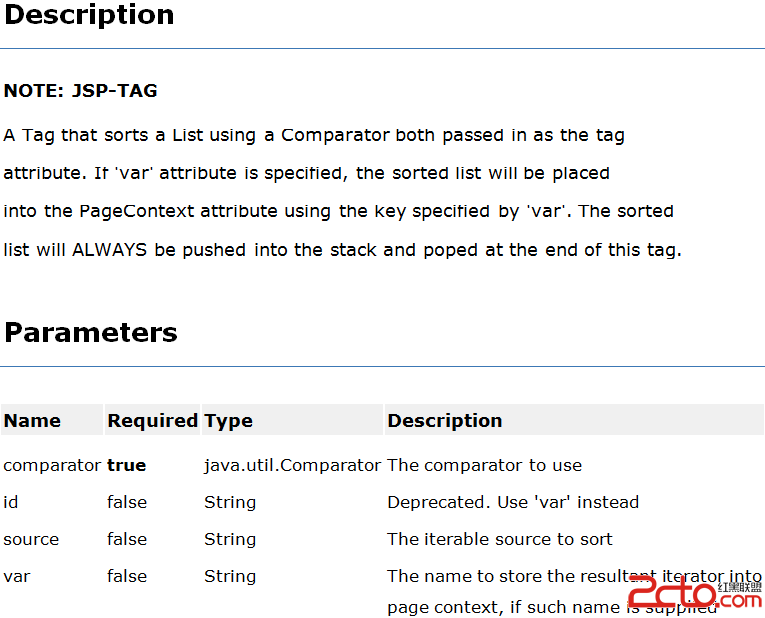利用Servlet和jsp实现客户端与服务器端的用户登录信息验证
首先编写登录页面mylogin.jsp
编写表单:
[java]
<form onsubmit="return valdate()">
username: <input type="text" name = "username" id="username"><br/>
password: <input type="password" name = "password" id="password"><br/>
repassword: <input type="password" name = "repassword" id="repassword"><br/>
<input type="submit" value="submit"/>
<input type="reset" value="reset"/>
</form>
第一种验证的方式:利用javascript在客户端实现验证
[java]
<script type="text/javascript">
function valdate(){
//var username = document.getElementById("username");
//var password = document.getElementById("password");
//var repassword = document.getElementById("repassword");
var username = document.getElementsByName("username")[0];
var password = document.getElementsByName("password")[0];
var repassword = document.getElementsByName("repassword")[0];
if(username.value.length == 0){
alert("username can not be blank");
return false;
}
if(password.value.length < 6 || password.value.length > 11){
alert("length of password is invalid");
return false;
}
if(password.value != repassword.value> 11){
alert("password is not the same with repassword");
return false;
}
return true;
}
</script>
如上面的代码所示,在表单中调用javascript的函数实现客户端验证。
第二种验证的方式:用Servlet实现验证
编写ValidateServlet.java类
[java]
package com.lcq.servlet;
import java.io.IOException;
import java.util.ArrayList;
import java.util.List;
import javax.servlet.ServletException;
import javax.servlet.http.HttpServlet;
import javax.servlet.http.HttpServletRequest;
import javax.servlet.http.HttpServletResponse;
@SuppressWarnings("serial")
public class ValidateServlet extends HttpServlet {
public void doGet(HttpServletRequest request, HttpServletResponse response)
throws ServletException, IOException {
String username = request.getParameter("username");
String password = request.getParameter("password");
String repassword = request.getParameter("repassword");
List<String> list = new ArrayList<String>();
if(null == username || "".equals(username)){
list.add("username can't be blank!");
}
if(password == null ||password.length() < 6 ||password.length() > 10){
list.add("length of password should be between 6 and 10");
}
if(repassword == null ||repassword.length() < 6 || repassword.length() > 10){
list.add("length of repassword should be between 6 and 10");
}
if(password != null && repassword != null && !password.equals(repassword)){
list.add("password and repassword not the same!");
}
if(list.isEmpty()){
request.setAttribute("username", username);
request.setAttribute("password", password);
request.getRequestDispatcher("sucess.jsp").forward(request, response);
}else{
request.setAttribute("error",list);
request.getRequestDispatcher("error.jsp").forward(request, response);;
}
}
public void doPost(HttpServletRequest request, HttpServletResponse response)
throws ServletException, IOException {
doGet(request, response);
}
}
在Servlet中处理完成后转到sucess.jsp或者error.jsp
以下是sucess.jsp
[java]
<%@ page language="java" import="java.util.*" pageEncoding="UTF-8"%>
<!DOCTYPE HTML PUBLIC "-//W3C//DTD HTML 4.01 Transitional//EN">
<html>
<head>
<title>My JSP 'sucess.jsp' starting page</title>
<meta http-equiv="pragma" content="no-cache">
<meta http-equiv="cache-control" content="no-cache">
<meta http-equiv="expires" content="0">
<meta http-equiv="keywords" content="keyword1,keyword2,keyword3">
<meta http-equiv="description" content="This is my page">
<!--
<link rel="stylesheet" type=&qu
补充:软件开发 , Java ,




